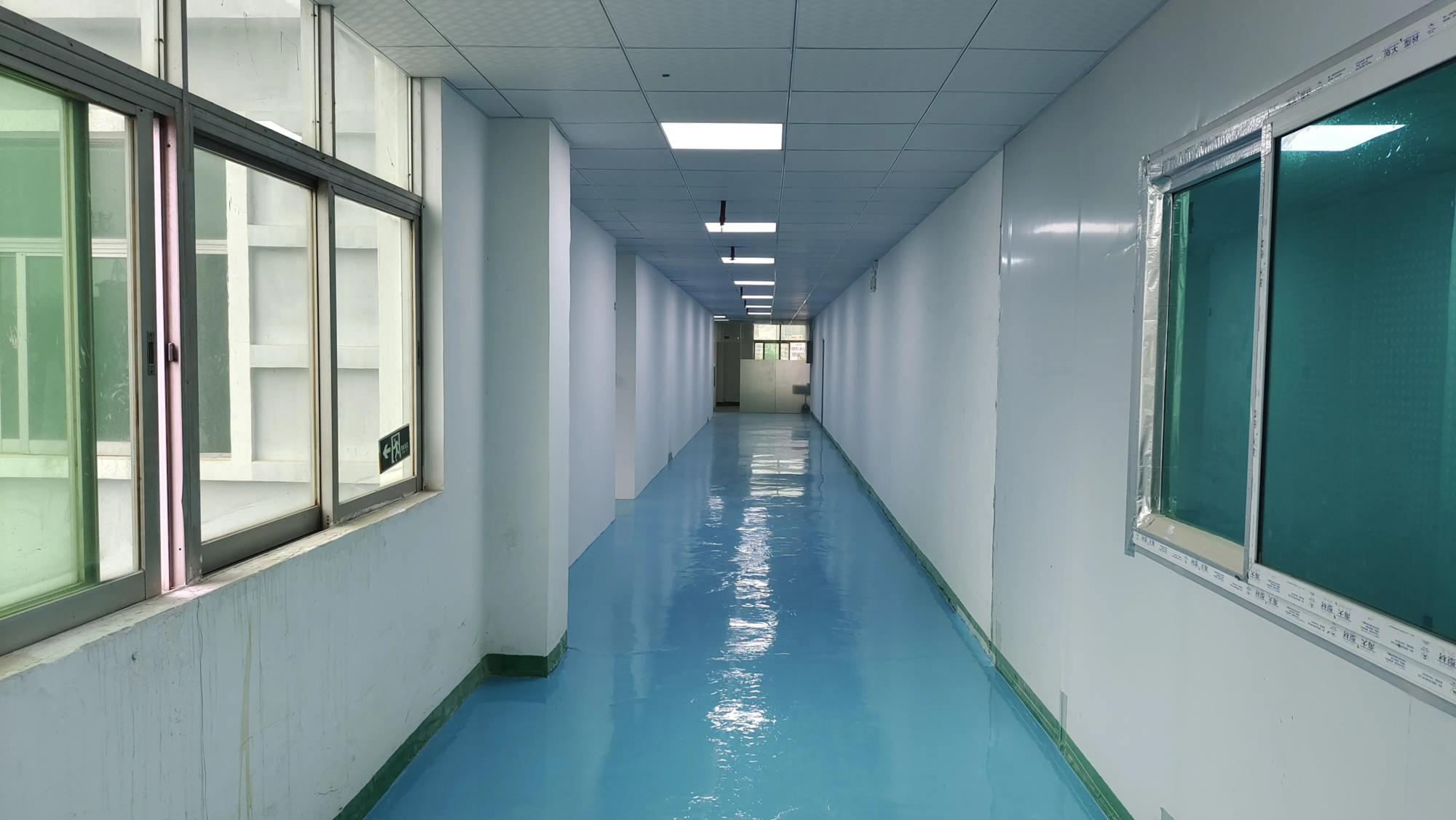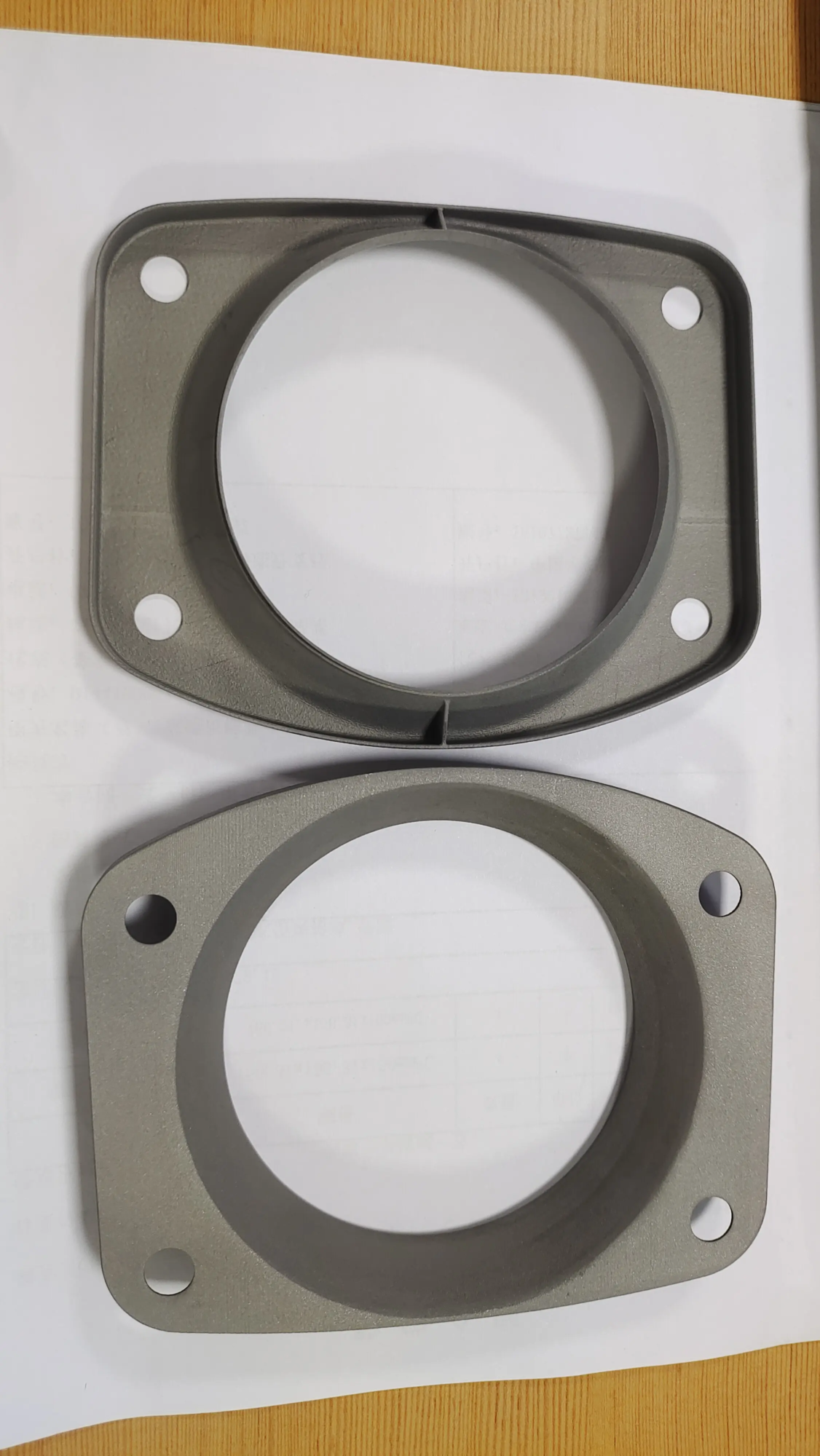Unlocking creativity: a comprehensive DIY guide to 3D printing your own P90 replica
With its unique bullfighting design and futuristic aesthetics, the FN P90 has a unique appeal to enthusiasts of military simulation, airsoft, paintball and pole. Creating your own copy was once the field of professional workshops, but 3D printing democratized the process. Building a 3D printed P90 allows in-depth customization and hands-on creative satisfaction. However, this ambitious project requires careful planning, material understanding and technical execution. This guide provides you with knowledge and roadmap and insights into what professional services like Great Can improve your build for the highest performance and aesthetics.
Disclaimer First: Security and Legality
Crucially, before starting:
- There is a huge responsibility to build replicas similar to real guns.
- This guide is only for creating non-fire replicas, air guns, paintballs, or display models.
- Never try to create components that can partition or fire live ammunition.
- Always inspect and strictly abide by all local, state and federal laws regarding copying of firearms, imitating weapons, props construction, transportation and public display. Ignoring these laws can have serious legal consequences. Always distinguish replicas from real guns using bright colors or obvious visual indicators. First of all, safe.
Phase 1: Blueprint your project – Design and Preparation
Procure a reliable STL: It is crucial to find accurate, functional and well-designed 3D models. Search for well-known platforms (Thingiverse, Cults3d, cgtrader or professional forum) "P90 air gun" or "P90 replica". Prioritize good documentation, community feedback and modular design. Key features to verify include:
- Compatibility of internal mechanisms (gapbox for air guns, avoidance system for paintball shooting).
- Wall thickness (must bear mechanical stress, usually >= 2.5mm non-structural stress, higher stress parts).
- Precautions for parts orientation.
- Hard point design of screws and fasteners.
Material selection: balanced strength, completion and cost
- PLA: Easy to print, cheap, wide color range. Ideal for prototype iteration and pure cosmetics. Fragile and easily warped/deformed under pressure or heat. Not recommended Pressure components for functional triggers, transmission housings or air gun construction.
- PETG: Excellent middle position. Compared with PLA, the influence of resistance, temperature resistance and layer adhesion is better. More flexible. Smooth finish, slightly tricky with overhanging printing. Perfect for most gun body panels.
- ABS: Environment: ** good strength, stiffness and temperature resistance. Great for post-treatment (sanding, steam smoothing). Higher distortion tendency; enclosures that require heating. Exhaust smoke; ventilation is required.
- Nylon (PA6/PA12/PACF): The gold standard for durability. Excellent toughness, impact resistance, wear resistance and some flexibility. It is crucial for high stress components (transmission case, trigger, sliding mechanism). It is very challenging for consumer FDM printers: highly absorbed, requiring high temperatures, enclosed chambers and precise adjustments. Nylon carbon fiber (PACF) increases rigidity and heat resistance.
- Professional metal printing (SLM/DML): For unrivalled strength, heat resistance and realistic metal feel/weight for key components (small pins, brackets, custom suppressors). Greatlight’s expertise in selective laser melting (SLM) can be used in materials such as aluminum, titanium, stainless steel to suit these demanding applications.
- Digital assembly and verification: Use slicing software preview or Fusion 360 (such as Fusion 360) to almost assemble the downloaded STL. Check for interference, assembly issues, screw/rod hole alignment and clearance of moving parts. Verify the feasibility of component sequences.
Phase 2: Get it to life – Printing and Settings
Slicing Wisdom: Settings are important!
- Layer height: 0.15mm -0.2mm provides good detail and speed balance. Lower critical surfaces.
- Fill density: Most body panels use 30-40% of grid or energy-shaped filler. High pressure parts (grip, trigger guard box, transmission mount) increase to 60-100%.
- Wall Count/Thickness: Critical. Target At least 3 walls (> 1.2mm) everywhere. For structural components, increase to 4-6 walls (>= 2.0mm). Use a slicer wall thickness adjustment.
- support: Required for overhang > ~ 60 degrees. Use tree support where possible to facilitate removal and reduce scarring. Carefully manage support density and interface settings. Orienting parts to minimize support on critical exterior surfaces.
- Adhesion: Use edges or rafts to fight warping (critical for ABS, PETG, nylon). Make sure the build board is impeccable and clean.
- Printing speed: Slow down for critical parts that require dimensional accuracy or complex features. For most people, 40-60mm/s is a good range.
- cool down: Parts cooling fans that maximize PLA and PETG (after the first few layers). Minimize cooling of ABS, originally used for nylon to prevent warping and delamination.
- Challenge: Printing Performance Materials (Nylon, PACF)
Success with nylon silk requires:
- Dried silk: Nylon is hydrophobic; print immediately after drying using a special filament dryer (8 hours at 70-80°C). Store sealed with desiccant.
- Enclosed heating chamber: Prevent draft and maintain high ambient temperature (60-80°C+) to greatly reduce warpage and improve layer adhesion.
- Hard nozzle: Minimum: Stainless steel nozzles. Best: Tungsten carbide or ruby nozzles to withstand wear (especially PACF).
- High temperatures have the ability: The nozzle temperature must be kept at > 260°C (usually 270-295°C) and the bed temperature > 70°C (usually 85-100°C).
- Patience and calibration: Expect extensive calibration tests (temporary tower, withdrawal).
Phase 3: Post-processing – From original printing to polished replica
- Supports disassembly and cleanup: Carefully remove the support using a rinse cutter or pliers. The sand starts with coarse sand (120) to cope with small pieces and layer lines, thus developing to finer gravel (400,800+) to make it smooth. Use a fill primer for pin holes and fine blemishes.
- Assembly: Accuracy is key:
- Collect all required hardware (screws, pins, springs, rods) according to the designed bom.
- Use at hand to create clean lines in the printing hole. Lubricate screws.
- Keep testing the fitted parts before final assembly. Slight tolerances (~0.2-0.5mm) are allowed for a perfect fit. Use CA glue with caution as non-critical bonds; the strength of epoxy.
- for Function Airgun/paintball shooting: Carefully assemble the internal gearbox or shooting mechanism according to the manufacturer’s instructions.
- Premium finishes for premium appearance:
- Greglight’s one-stop service: Achieve results outside the garage:
- Acetone Vapor Smoothing (ABS): Professional steam bath with seamless surface.
- Grinding and polishing: Heavy gravel, wet sand stage and machine polishing.
- Professional painting: Basic jacket, detailed color scheme, realistic weathered and durable sheer jacket (matte/satin/gloss).
- Metal finish: Painting, powder coating, anodizing (for SLM metal parts) or plating for metal components.
- Laser engraving: Add a logo, marker, or texture.
- Home page completed: Use a high-filled car primer. Depending on your material, apply spray paint that is designed for plastic or metal. Clear jacket for protection. Consider weathering techniques for washing and dry brushing.
- Greglight’s one-stop service: Achieve results outside the garage:
Conclusion: Your vision has realized
The journey to 3D printing your own P90 is a challenging and very meaningful project that blends engineering, handmade and creative visions. It requires careful attention to design procurement, materials science, precise printing practices and diligent post-processing. While consumer printers can create excellent cosmetic replicas using PETG or PLA, the durability required for high-pressure air guns or the ultimate premium finish usually reaches the limits of amateur equipment and time. Working with experienced rapid prototyping experts becomes invaluable here.
Great Prepare to bridge the gap. With our advanced industrial fleet SLM Metal Printer And exquisite polymer printers, we use engineered grade plastics such as nylon CF and metals such as aluminum or stainless steel to convert your 3D model into robust high-precision parts. Our Comprehensive one-stop post-processing service – Professional finishing, painting and assembly of key components included – Make sure your DIY P90 build meets the highest standards of functionality, durability and amazing realism, exceeding the goals that are easy to achieve at home.
Whether you need to print the entire model or strengthen the key components, Gremplay empowers manufacturers to be bigger, stronger and more professional. Unleash your creativity with confidence – now quickly prototypify parts at the best price!
3D Printing P90 DIY Guide: FAQs (FAQs)
Q: Is 3D printing P90 legal?
one: Laws vary by country, state and region. Print non-shooting replicas Can Legal and legal rights of private ownership, display or air gun/paintball If it complies with specific regulations. Crucial: It must be unable to fire live ammunition forever. Laws on imitating guns, brightly colored cutting edges, open-ended and transport are widely and strictly enforced. Always study and comply with all local laws before starting a project. Never create anything that aims to fire real ammunition. If you have any questions, please consult your legal counsel.Q: What is the best 3D printer wire for the P90 air gun that I want to actually use?
A: It is highly recommended to use nylon (PA12 or PA6) or nylon carbon fiber (PACF) For critical structural and high pressure parts (transmission housing, trigger mechanism, receiver housing). They provide the resilience and impact they need. If you have a good design with enough walls, PET can be accepted, which is acceptable for body panels with less pressure. PLA is usually too fragile for functional tracheal use.Q: I don’t have a printer that can nylon. Can I still make a powerful P90?
A: Yes, but with limitations:- Internal reinforcement of key PLA/PETG parts.
- Carefully design parts to manage pressure points.
- Use PETG whenever possible.
- Best Solution: Outsourcing key structural parts to professional services Great. We can print them in metal (aluminum, steel) or metal (aluminum, steel) or SLA using durable engineering resins or using industrial machines. This ensures reliability and safety of high-impact areas.
Q: How expensive is 3D printed P90?
one: Costs vary widely:- filament: $50- $200+ $200+, depending on the material (PLA is cheap, nylon/PACF/metal is expensive) and volume.
- hardware: Screws, springs, drives, inner barrels, jumping devices, air gun gearbox ($50-$200+).
- electronic: Battery, motor, switches, wiring ($40-$100+).
- Post-processing: Sandpaper, filler, primer, paint ($30-$100+). Professional service (Greatlight) adds costs but offers excellent material choice, strength and finish.
- Total Amateur Built: $150-$500+. Professional enhancement: It is much larger depending on the materials and services.
Q: Can Greatlight print the entire P90 for me?
Answer: Absolute. Greatlight provides end-to-end rapid prototyping solutions. We can:- Print all parts with industrial grade selection laser melting (SLM), for metal components (creating truly unique high-durable copy bases) or precision polymer printing (SLA, MJF, FDM), for complex geometry in engineering thermoplastics.
- Offers comprehensive aftertreatment including smoothing, grinding, paint, clear coating and finishing.
- Provides expert design advice and assembly for printed components.
- We are your expert partner, the most demanding printing jobs require material science knowledge and professional equipment.
Q: What is the biggest challenge of 3D printing functional P90?
one:- Substance Durability: Make sure critical parts do not break under spring tension or impact.
- Precise decoration: Close tolerances of the moving parts (trigger, Sears, safety) are achieved through 3D printing.
- Heat resistance: The gearbox will generate heat; the PLA will deform. Nylon or metal is essential.
- Layer adhesion: Weak layer lines are fault points. Proper materials, temperature control and design mitigate this.
- Legal/Liability: Browse complex laws responsibly.
- Time Investing: From printing to polishing, assembling and finishing, this is an important project. Professional services simplify key steps in durability.
- Q: How to make my 3D printed P90 look professionally drawn?
one:- Perfect surface: A lot of sanding through grit, fill primer, wet sanding. This is the key.
- Professional skills: Multi-layer high-quality spray paint, proper curing time, masking, weathering technology.
- Thinking Beyond Spray Cans: Use a spray gun for complex schemes.
- Durable sheer jacket: Protection is crucial.
- hint: let Greglight processing finishing. Our industrial painting, powder coatings and texture services deliver flawless showroom quality results that go far beyond typical DIY results. #3Dprinting#p90 #diyproject#airsoft #propbuilding #rapidPrototyping #greatlight #cncmachining #engineering





